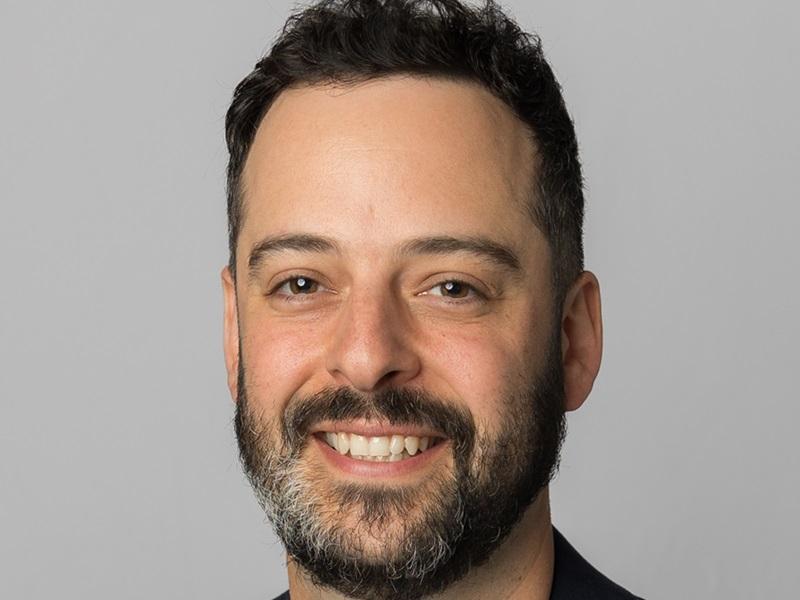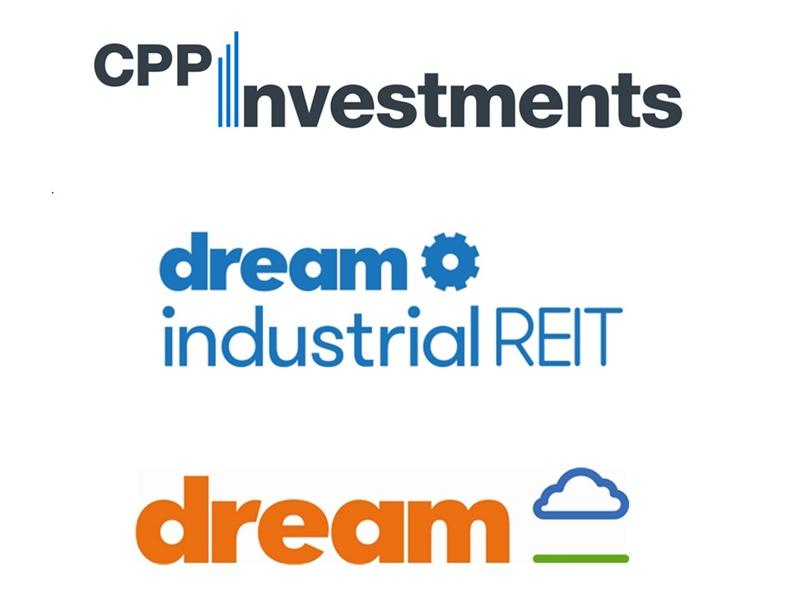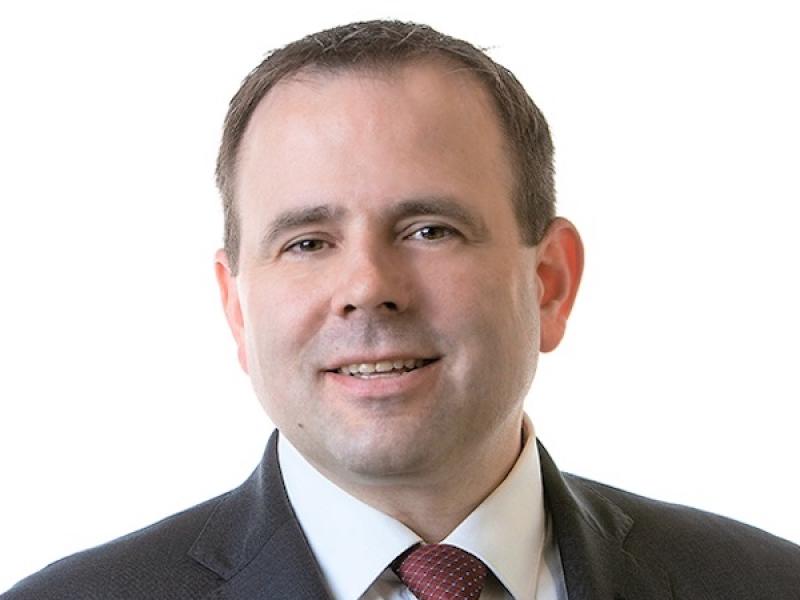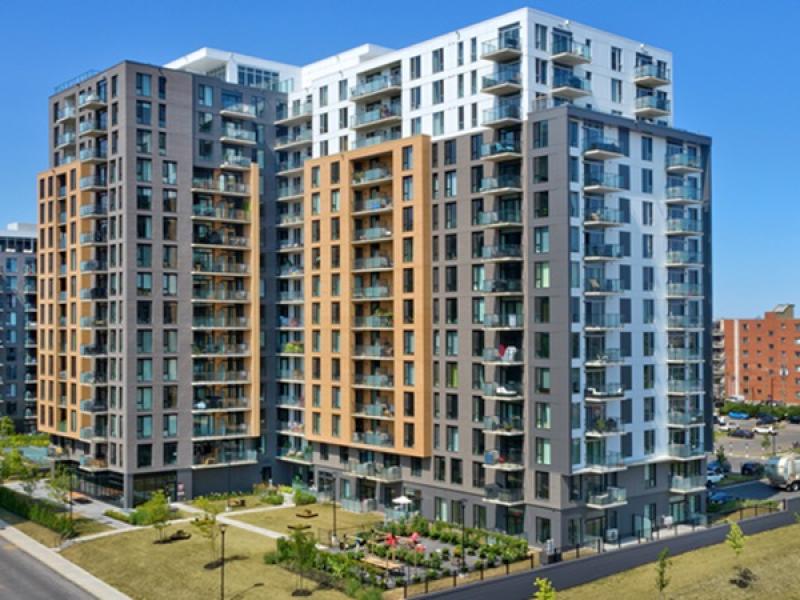
Real Capital panelists discuss the CRE investment prospects for the remainder of 2019, and beyond. From left Greg Sweeney of Manulife, Jordan Robins of First Capital Realty, Duncan Osborne of Cadillac Fairview, Robert Armstrong of Slate Asset Management and moderator Peter Senst of CBRE. (Steve McLean RENX)
The Canadian commercial real estate industry experienced record trading volumes during the past three years, though the mood of the market seemed to darken somewhat in late 2018.
Five executives discussed their expectations for the balance of 2019 during a panel session at the recent Real Capital conference at the Metro Toronto Convention Centre.
To put things in perspective, panel moderator and CBRE president of Canadian capital markets Peter Senst said there was almost $50 billion in trading volume in Canada in 2018, led by activity in Toronto. The industrial sector was way out in front, and retail was just behind office. The multi-family sector is also performing very well and experiencing strong rent growth.
Manulife Real Estate managing director and head of Canadian real estate investments Greg Sweeney said the industrial and multi-family sectors are stable — especially in Toronto, Montreal and Vancouver — with low vacancies, strong demand, limited supply and extremely strong rent growth. Industrial will continue to be a strong and predictable performer going forward, and multi-family will be a big acquisition target for Manulife’s funds in 2019, according to Sweeney.
“No matter where you are in any cycle, it’s always unpredictable,” said First Capital Realty executive vice-president and chief operating officer Jordan Robins, discussing the nature of the commercial real estate industry.
As a result, Robins said, First Capital focuses on what it can control, including buying the best assets in the best locations. The company funds most purchases with cash or long-term debt to lessen interest rate risks, and likes partnerships to mitigate capital risk or add expertise to projects.
First Capital takes a long-term view of real estate and value creation to increase net asset value for shareholders.
Confidence remains in retail
Slate Asset Management managing director Robert Armstrong said his company doesn’t hold properties as long as some other investors. While he sees some uncertainty in American grocery-anchored properties, which account for the large majority of the 88 assets Slate owns in the United States, he doesn’t think the grocery sector is going away.
Cadillac Fairview executive vice-president of investments Duncan Osborne said two-thirds of his company’s properties are retail-oriented, and 80 per cent of its business is in Canada. While technology is seen as a disruptor in the bricks-and-mortar retail sector, primarily through e-commerce, he believes digital innovation and artificial intelligence can be incorporated into stores to enhance the customer experience.
Robins said similar things about retail, noting Amazon bought Whole Foods Market in 2017 and is opening its own bricks-and-mortar bookstores and grocery stores as well as its Amazon Go convenience stores.
“The biggest online retailer is realizing the importance of the retail experience, which is tactile in nature,” he noted. “The notion of bricks-and-mortar retail disappearing is a fabrication.
“I think what you’re seeing is a change where there’s a synergy between the two. We’re hearing a lot about omnichannel retail, and I think we as landlords can benefit from that.”
Companies seek property intensification
Osborne said Cadillac Fairview has identified about 15 million square feet of intensification potential at its retail properties which can be used for multi-family, hotels and other purposes.
Sweeney said Manulife Real Estate has $24 billion invested globally across nine countries and 25 cities, and in multiple property types.
“We have a number of underutilized sites that probably aren’t at their highest and best use,” he added. “We’re looking to reinvest in those sites to create product that we can achieve much longer lease terms on.”
First Capital is publicly traded, and Robins said it’s “judged quarter to quarter on investments that are generational in nature.” He pointed out a “disconnect” because the company has 25 million square feet of income-producing property and another 25 million square feet of density in its pipeline that has no value on the balance sheet.
“We’re not getting credit for the inherent value that sits in our program,” said Robins.
More than 90 per cent of First Capital’s portfolio is urban. While Robins said the company’s suburban portfolio has “performed incredibly well,” it has started selling suburban assets and trading them for urban properties with more growth potential.
Acquisition opportunities
Armstrong believes additional retail properties could become available at highly discounted rates, which could make them attractive. He said Slate is very interested in acquiring retail properties in Canada and the U.S. in search of potential returns in three, four or five years.
Armstrong also thinks REITs will continue to sell non-core assets and that there will be more opportunities for mergers and acquisitions in 2019 and 2020.
Armstrong said Slate bought downtown Calgary office buildings in early 2017 for $135 a square foot from REITs looking to unload them due to the adverse effect they were having on share prices. He believes the acquisitions are a good bet, even if Slate doesn’t get its return on investment in 2019 or 2020.
“For a patient, private equity, long-term capital-holder who’s willing to be in a higher-risk group, that’s fantastic,” he said. “But, it’s not appropriate for certain types of capital.”
Slate is also the largest office space owner in Atlantic Canada, which Armstrong said doesn’t have the liquidity of other regions, but has stable assets.
Toronto and Calgary have respective concentrations of financial and energy tenants, which have traditionally given space back to the market during economic downturns. Armstrong said Slate has just one sublet in St. John’s because tenants typically don’t give back space there.
Core office properties in Toronto and Vancouver drove Cadillac Fairview’s returns in 2018, and Osborne said the company is seeing significant rent growth in both cities. The challenge is to find development sites.
Cadillac Fairview’s flagship retail properties have also performed very well, with strong occupancy and rent growth.
“It’s hard work getting that leasing done, but we’re seeing strong take-up in those spaces,” said Osborne.
Investment opportunities
Osborne said Cadillac Fairview is focused on buying in the U.S., while also looking at opportunities in Europe and the Asia-Pacific region. The company’s strategy in Canada is to intensify existing assets and pursue development with high-quality partners which have different strengths.
“A lot of the easy returns are behind us,” said Osborne, who expects many future returns to come from development.
Sweeney said the bidding pool becomes smaller once property values exceed $200 million, and he noted there were some pretty thin bidding fields for large deals in 2018 since large domestic pension funds aren’t looking to acquire much in Canada.
Sweeney believes the best defence for a vendor is to have “rock-solid underwriting that has realistic assumptions and price expectations. If you go too aggressive, I think you’re going to lose groups.”







